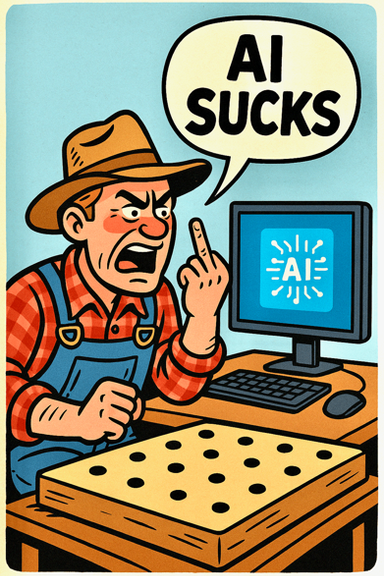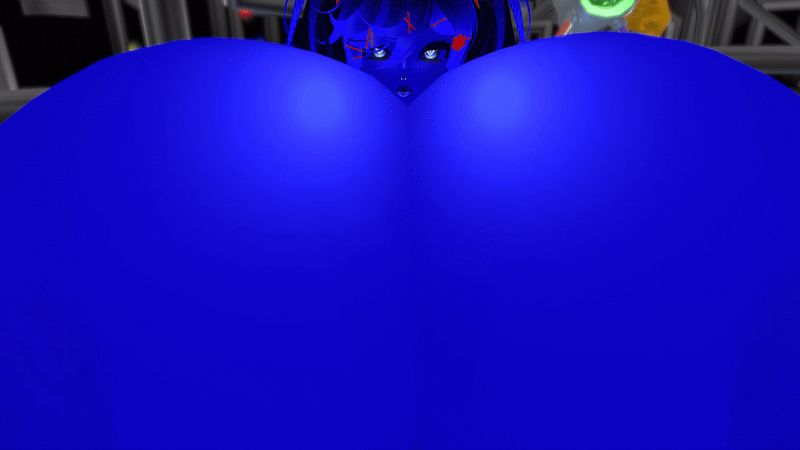HOME | DD
 merrittwilson — Disney Composers Henry Jackman (1974-Present)
merrittwilson — Disney Composers Henry Jackman (1974-Present)

Published: 2018-01-07 19:03:59 +0000 UTC; Views: 2777; Favourites: 42; Downloads: 5
Redirect to original
Description
Henry Jackman is playing a gingerbread piano while Hiro, Baymax and Ralph watch him.Disney film scores: Wreck-It-Ralph, Big Hero 6
Though known by some for his producing, programming and writing work in the pop and electronic realms, Henry Jackman is best known as a film composer for action and animated features. In addition to his work at Disney, he also scored Monsters vs Aliens, X-Men First Class, Captain Phillips, and many more.
Henry Jackman was born in London in 1947, his father Andrew Pryce Jackman was a pianist and an arranger, his uncle Gregg Jackman is a sound Engineer and producer and his grandfather played clarinet on “When I’m Sixty-four” with the Beatles.
Henry studied classical music at St. Paul’s Cathedral Choir school, Eton College Framlingham Collage and Oxford University. He did programming and production work with artists including Mike Oldfield, Sally Oldfield, Trevor Horn, Gary Barlow and Elton John. Henry co-produced Seal’s unreleased 2001 album Togherland. He released three albums Utopia, Transfiguration and Acousta. He had worked on minor film scores since 2006 generally working with his mentor Hans Zimmer, including for The Da Vinci Code, The Dark Night and additional music for Pirates of the Caribbean, but he worked on those films as a music programmer and arranger not composer. Henry Jackman made his film scoring debut in Monsters vs Aliens. The most difficult part of producing Wreck-It-Ralph was the licensing of famous real arcade characters of the 1980s as cameos in the film. Without a doubt, Wreck-It-Ralph represented one of Henry Jackman’s challenging solo assignments to date, requiring that he study and incorporate 1980s arcade music into a standard orchestral and choral adventure outing. Henry’s applications of the vintage arcade elements clearly dominate the resulting sore for Wreck-It-Ralph, adding both exhilarating pizzazz and obnoxious nostalgia to music that sounds in many places similar to his prior major children’s work and at times other remote control related ventures by his peers.
Stylistically, the music traverses a very wide swath, entering parody territory at times and the overall impact will be tiring for those not accustomed to appreciate this kind of effort apart from the film. The score moves like a frantic stream of consciousness kind of work. Henry Opens with a softer, light rick theme that exits somewhere between Basil Poledouris’ wind and a contemporary Naoki Sato drama work. In “Life in the Arcade” Henry Jackman unleashes the most faithful source like eighties arcade material. He was inspired by Hans Zimmer’s music, namely The Rock. This material yields to immensely irritating parodies in “Royal Raceway” that literally alternate between stuffy royal tones and rocking arcade theatrics. The opening of “Vanellopie’s Hideout” returns to the soft theme form the score’s start and a similar treatment is heard early in “Out of the Penthouse” and “Off to the Race” The end of “Messing with the Program” features a great crescendo that masterfully balances the orchestra, choir and arcade elements. A longer crescendo for violins in the Middle of “King Candy” uses the main, descending phrase as counterpoint in the middle. This theme becomes the more pronounced, albeit remorsefully, in “Broken Karted” the last minute returns to the awkward royal arcade material complete with a short reprise of the “Shut up and Drive” references. Henry saves most of his best action material for the final two orchestral cues “Sugar Rush Showdown” especially combines the ensemble with the arcades rhythmic loops quite well and the main theme gets a heavy workout as well. Overall, this wild ride is amusing and entertaining in its parts but difficult to qualify in its whole because the wacky instrumentation really does dominate the structures.
After Disney acquired Marvel Entertainment in 2009, the search was for an obscure adaptation targets from the latter’s history of comics. In the early 2010s the result was Big Hero 6 which is a relatively unknown Japanese based set of super-heroes from the Marvel Universe that revolves around government operatives. The movies use of music is somewhat conventional, the soundtrack consisting of one rock-oriented song for the obligatory end credit sonic bombardment and the remainder loyal to the role of the original score by Henry Jackman who was a logical choice for the project. Henry’s style for Big Hero 6 is more heavily orchestral than in some of his other animated ventures, through for casual listeners, the vibrant electronic and pop influences seem dominant. He starts heavily on the electronic side of the equation, “Herio Hamada” rotating through all the keyboarded and electric guitar coolness that Japanese stereotypes have to offer, including some Tiko drums pounding to ensure the cultural connection. Thereafter, the synthetic elements are not as dominant, Henry relies upon the orchestra and coir to supply the bulk of the score’s momentum while the electronics are notable but not frequently distracting accompaniment. In fact, the mix between organic and synthetic in this work is quite well handled, even if the constantly upbeat tone is at ties obnoxious. There isn’t as much creativity in instrumentation on display compared to Wreck-It-Ralph, Thematically, Henry devises several ideas, led by one for the boy genius and is loyal them throughout the score.


























